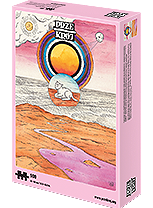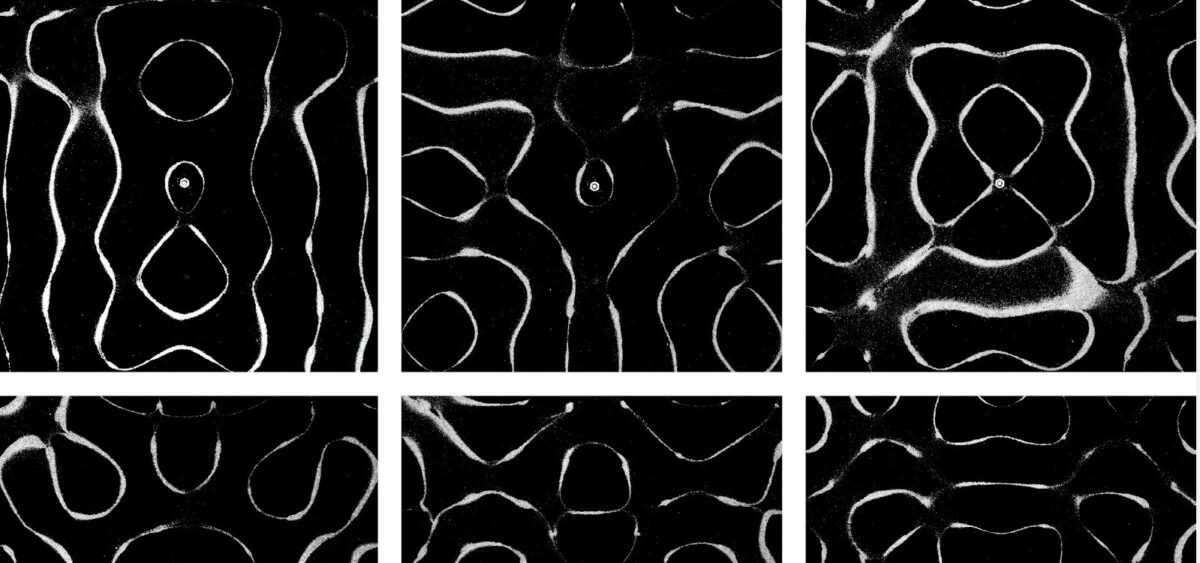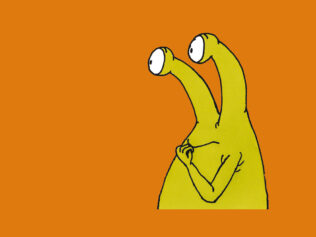
Sound can be seen. What’s more, it can draw exquisite pattern formations on physical surfaces.
Anyone who’s ever tried playing a tune on a wine glass or tracing squeaky circles along the rim of a thin champagne flute at a boring (albeit boozy) party has officially completed one of the most impressive lessons in physics. But, apart from the spectacular auditory effects, what’s so amazing about making music with glassware?
Let’s look at what happens inside said vessel. A light, steady stroking of the lip of a glass can unleash quite a storm. Droplets detach from the smooth surface of the liquid and rhythmically bob up and down, while the choppy waves bounce off of the see-through sides. The whole scene is created by dynamic forms and shapes that depend on the frequency of the sound, sensitive to the smallest caress of the fingertip. Stories about rubbing magic lamps only gained academic interest in the 1970s. The science of acoustic waveforms became known as cymatics. However, sound waves and their effects on matter became a subject of fascination long before.
When the clink of toasts echoed at Philadelphia’s Independence Hall on the occasion of signing the United States Constitution in 1787, four thousand and forty-two miles away in the German city of Leipzig, lovers of curiosities were avidly reading Entdeckungen über die Theorie des Klanges [Discoveries in the Theory of Sound], written by Ernst Florens Friedrich Chladni, a lawyer, geologist, inventor, designer, and acoustician. The exemplary son of a law professor, he graduated in the same field as his father—Dad’s orders. Nevertheless, the heir dreamed of a different future. He waited for that parent to pass, then abandoned statutes in favor of his fantasies—sound experiments—in good conscience. Admittedly, it was too late for the career of a musician, but the young man’s penchant for performance made itself known. Ernst Chladni fell into a vortex of acoustics for good. He embarked on a tour of Europe, delighting audiences (including Napoleon himself) with various sound shows and instruments of his own design. His showpiece number must have been the envy of local illusionists, proving that sound can be seen by developing his own technique for visualizing vibrations on a metal plate. He produced images of which even philosophers could never have dreamed.
One of his tricks was to gently slide his bow along the edge of a flexible brass plate scattered with fine sand, which reacted to the slightest vibration. The tiny particles arranged themselves into patterns so systematic as to be improbable, their form depending on the frequency of the sound and the texture of the surface that was set into resonance. The boundary conditions, i.e. where the plates were attached, as well as the exact points of contact for generating the vibration. But let’s stop there with the specifics, and file such professional jargon under information for the so-called “whizzes.”
A few words should, however, be devoted to the precursors of experimental acoustics, whose work Chladni had laboriously studied. Suffice to mention English scientist Robert Hooke and his efforts to represent sound visually—who also shared with the German physicist a love for stargazing. What’s more, it’s not beyond the realms of possibility that Chladni sent a review copy of his Theory of Sound to the US Constitutional Convention, given that the musical discoveries of one of its Founding Fathers, Benjamin Franklin, also inspired Chladni’s research.
Two-hundred years later, cymatics has become a hot topic for acousticians, as well as art students and graduates alike. Chladni patterns not only visualize sound, providing an anecdote worth mentioning at more than one toast, they also have applications for instrument makers. With this in mind, the expression of being moved by music takes on new meaning.
Translated from the Polish by Joanna Piechura
This translation was re-edited for context and accuracy on December 1, 2022.









